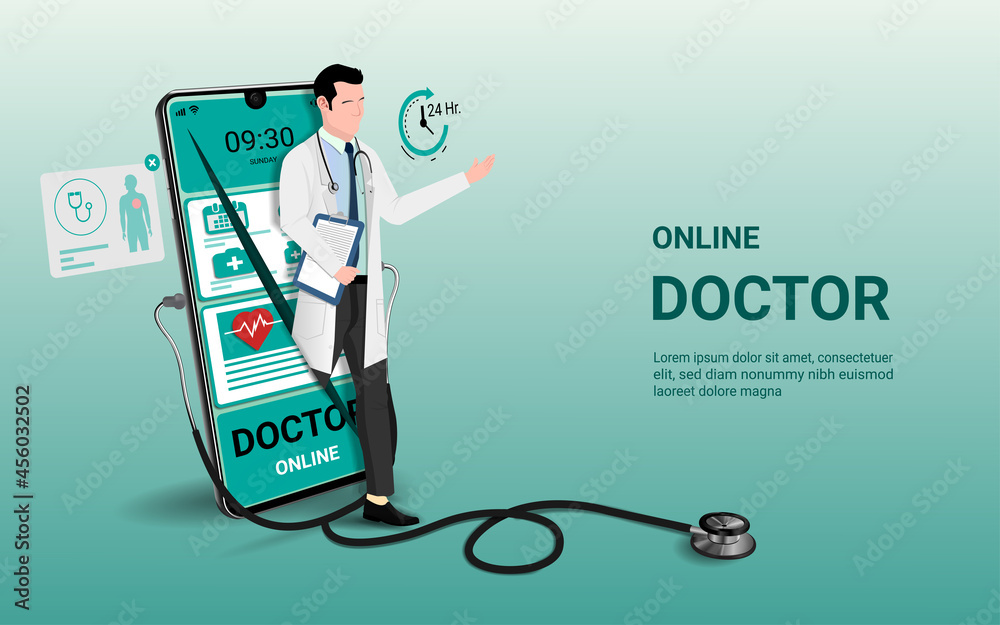The Future of Medicine: Discovering Subscription Based Healthcare Models
The Surge of Subscription-Based Medical Care and Its Influence On Client Treatment
As medical care progresses, the subscription-based design is gaining grip, promising to transform individual care by offering predictability and ease of access. The potential for these designs to reshape medical care shipment elevates pressing questions concerning their long-term sustainability and inclusivity. Are these membership services the future of health care, or do they take the chance of leaving prone populations behind?
Comprehending Subscription Medical Care Designs
Comprehending the concept of membership healthcare models includes examining a transformative technique to medical services that stresses affordability and access. These models, frequently referred to as straight medical care (DPC) or attendant medicine, have become innovative alternatives to traditional fee-for-service health care systems. Registration health care enables people to pay a fixed month-to-month or annual charge for a specified collection of clinical services, which might consist of unlimited workplace sees, routine exams, and basic laboratory examinations, without the requirement for typical insurance coverage payment.
The framework of subscription healthcare versions is created to improve individual care by getting rid of third-party payers and complicated payment codes, thereby decreasing administrative worries. Doctor can focus more on patient care, fostering stronger patient-provider connections. This design additionally advertises preventative treatment by urging normal sees, as the economic barrier of per-visit fees is removed.
The subscription model usually empowers doctor to handle smaller sized individual panels, permitting more personalized care. It lines up monetary rewards with client wellness end results, as service providers are motivated to keep individual contentment and well-being. In general, understanding registration healthcare models calls for acknowledging their potential to reshape how treatment is delivered and accessed.
Benefits for Carriers and individuals

With a constant profits stream, healthcare experts can dedicate more time to each individual, leading to a more personalized and comprehensive treatment experience. The emphasis on preventive treatment within subscription plans can lead to much better client end results and decreased long-lasting medical care prices.
Challenges and Issues
While subscription-based medical care designs existing countless advantages, they likewise come with a set of challenges and issues that should be resolved. This elevates honest inquiries regarding equitable access to medical care solutions.
Financial sustainability of subscription-based models is an additional issue. Carriers should balance the fixed revenue from registrations with the variable expenses of healthcare services, which might fluctuate as a result of unpredicted clinical needs. This can develop pressure to limit solutions or boost costs, potentially influencing patient complete satisfaction and care high quality.
In addition, regulatory oversight of subscription-based healthcare versions is still evolving. Addressing these obstacles is critical for the successful and equitable implementation of subscription-based healthcare.
Effect on Patient-Doctor Relationships
One substantial impact of subscription-based health care models on patient-doctor connections is the possibility for improved connection and individualized treatment. By taking on a registration model, doctors can take care of a smaller sized patient panel, permitting for even more committed time with each individual. This raised accessibility fosters a much deeper understanding of a patient's clinical background, way of living, and choices, allowing much more customized therapy strategies and treatments.

However, it is essential to identify that while subscription-based versions might benefit those that can manage them, they might visit the website accidentally broaden medical care differences. Patients that are incapable to take part in these designs could experience decreased accessibility to customized care, potentially impacting their partnerships with doctor. Therefore, while the subscription version offers appealing advantages for patient-doctor partnerships, it additionally presents obstacles that require to be dealt with to guarantee equitable medical care access.
Future of Healthcare Accessibility

The role of innovation can not be ignored in this transformation. Telemedicine systems and electronic health and wellness records assist in smooth interaction in between individuals and medical care carriers, damaging down logistical and geographical obstacles. In addition, innovations in artificial knowledge and data analytics can additionally customize medical care by forecasting client demands and maximizing therapy plans.
Nevertheless, the future of medical care gain access to likewise offers challenges, such as making sure equity across different socio-economic teams. Policymakers and healthcare carriers have to team up to link the electronic divide, making sure that subscription-based designs remain inclusive and budget-friendly. As these systems develop, they hold the pledge of making health care more accessible, efficient, and patient-centric.
Conclusion
Subscription-based medical care designs are improving client treatment by supplying a stable expense framework and boosting ease of access. These versions strengthen patient-provider connections through individualized treatment and regular brows through, emphasizing preventative wellness. Despite these benefits, difficulties such as access problems for low-income populations and the view website demand for equitable medical care services continue. The rise of subscription-based health care encourages proactive patient involvement, which has the possible to improve patient results and contentment, signaling a transformative shift in healthcare distribution.
As healthcare evolves, the subscription-based design is obtaining grip, guaranteeing to change patient care by supplying predictability and accessibility.Subscription-based health care designs use unique advantages for both individuals and suppliers, enhancing the total health care experience.As health care systems evolve, the future of health care accessibility regularly pivots on the combination of ingenious models and modern technologies.Subscription-based healthcare models are improving individual care by giving a secure expense framework and enhancing ease of access. The increase of subscription-based healthcare motivates proactive patient involvement, which has the prospective to boost client outcomes and contentment, indicating a transformative change in healthcare distribution.